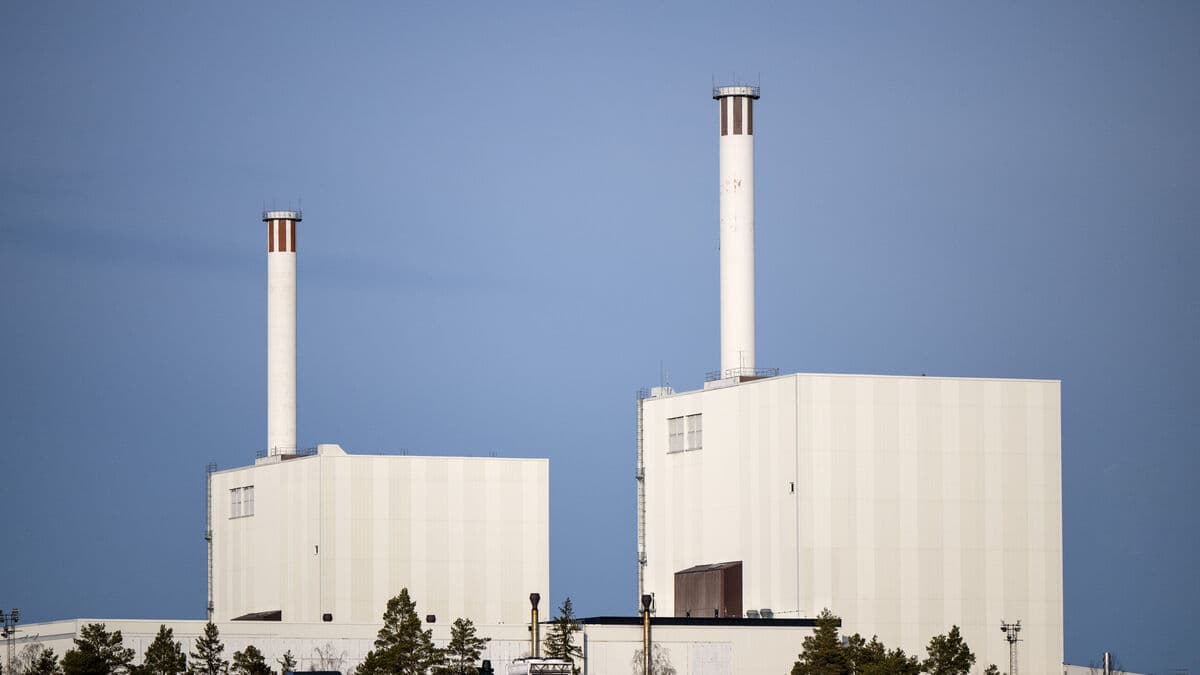The somber tone of the meeting in Belém, Brazil, was highlighted by a stark warning from UN chief Guterres, who stated that the world's countries will not reach the so-called 1.5-degree target. Guterres said that failure would mean "billions of people are exposed to unlivable circumstances."
The host of the meeting, Brazilian President Luiz Inácio Lula da Silva, says that the responsibility lies with each of the world's leaders to achieve the climate goals:
Climate justice is directly linked to fighting hunger and poverty, racism and inequality.
Ahead of the meeting, the UN's weather agency WMO has painted a grim reality: It is impossible to keep global warming below 1.5 degrees.
As recently as March, UN and WMO leaders still expressed hope that it would be possible to keep long-term global warming below 1.5 degrees Celsius, compared to pre-industrial levels, which is an ambition under the 2015 Paris Agreement.
Just six months later, ahead of this year's climate summit, the tone is somewhat different. The combination of record-high temperatures and record-high greenhouse gas emissions last year makes it "virtually impossible to limit global warming to 1.5 degrees Celsius in the coming years without temporarily exceeding this target," according to WMO Secretary-General Celeste Saulo.
Hope is in future technology
The goal now is to keep this period as short as possible, and before the end of the century to have removed enough carbon dioxide from the atmosphere that the temperature drops below 1.5 again. This is technology that does not exist today, at least not on any large scale.
"It requires extensive infrastructure and the quantities involved are very large. It must be managed and worked on for a very long time to come," says Erik Kjellström, professor of climatology at SMHI.
The WMO's message to the delegates gathering for the climate summit in Belém, Brazil, is that countries need to quickly reduce emissions.
Kjellström emphasizes that it is important not to give up or start talking about 2.0 as the next step, but rather to keep warming below 1.6, since every tenth of an increase matters.
The world won't end just because the increase goes over 1.5, that's not what it's about. But all these effects we see are gradually getting worse and worse.
Protection or emission reduction?
For some island nations, which are at risk of disappearing under rising sea levels as polar ice caps and glaciers melt, the announcement could provide further arguments in negotiations. But some countries may also feel compelled to focus their resources on adapting to a changing climate, rather than trying to reduce emissions, he believes.
Part of the negotiations will be, "Why should we spend money on reducing our emissions when it is the Western world that caused the major emissions, and we need to protect ourselves against these future changes?", he says.
Facts: Fresh climate figures ahead of the summit
TT
The last eleven years, 2015 to 2025, will individually be the warmest years globally in the last 176 years.
January-August this year was 1.42 degrees warmer than the pre-industrial average. 2025 looks set to be the second or third warmest year on record.
A warmer climate leads to more and more intense extreme weather events such as torrential rain, heat waves and storms.
The warming is primarily due to human emissions of carbon dioxide from the combustion of fossil fuels.
Source: WMO





